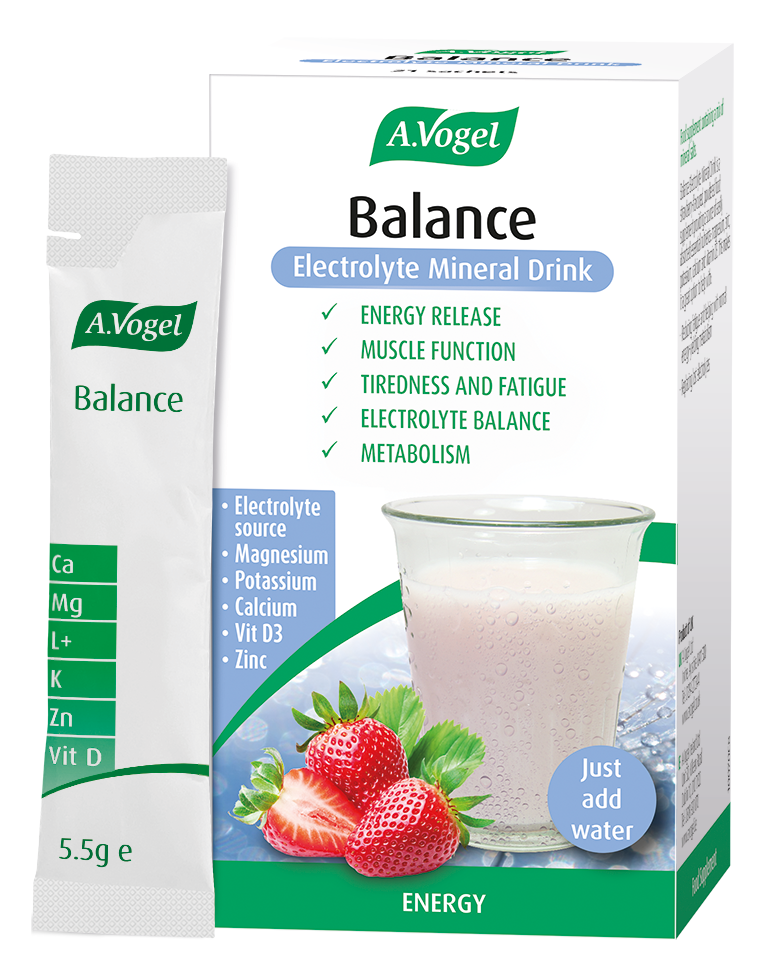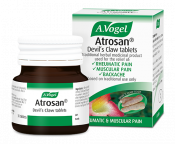Why is it important to look after the muscular system?
Throughout our lives, the muscular system can be affected by many things, though most commonly injury and nutrient deficiencies have an impact. As we get older, there also comes a natural loss in muscle strength and size. To combat this, and to keep the muscles in a healthy condition throughout life, there are a few important things you can do:
- Work on posture
- Know your nutrients
- Make drinking water a priority
- Make careful choices about exercise
- Take care when lifting.
Let's look at these tips in a little more detail.
Did you know?Most of us are familiar with the muscles that line the skeletal system but, in actual fact, there are three types of muscle in the body.
|
1. Work on posture
Out of habit, posture can often become slumped or, as in the image below, tilted slightly backwards. This puts more pressure on the muscles in the back as they have to work extra hard to keep this shape in place.
Over time, poor posture may lead to fatigue, reduced mobility and often back pain. It can also lead to deformities as the muscles are continuously pulling in one direction.
To reduce the likelihood of developing back pain and the other issues associated with poor posture, there are a few things you can do:
- Work on exercises that strengthen the back muscles, such as plank and push-ups.
- Change your desk set-up at work – see my blog on how to deal with back pain at work for tips on making your work environment more comfortable. Keeping your computer screen at eye level and using a back support are some key things to remember.
- Avoid wearing heels on a regular basis.
- Try gentle neck stretches to ease out tension caused by looking down at your phone too often or, even better, use your phone a little less frequently!

2. Know your nutrients
Do you know what to eat to keep muscles working at their best? Here are the most important nutrients to consider.
- Potassium – used in fluid regulation and muscular contractions. You'll find it in meat, milk, cereals and most vegetables/ fruits. A deficiency of potassium can contribute to muscular weakness but this is rare as it is so abundant in fresh foods.
- Vitamin C – this is crucial in the building and maintenance of connective tissue, including tendons. Citrus fruits, berries, dark green vegetables, tomatoes and cabbage are all good sources.
- Phosphorus – this is a key part of adenosine triphosphate (ATP) which itself is crucial in muscle contractions. Food sources of this mineral include wholegrain cereals, milk, poultry, eggs, legumes, nuts and fish.
- Sodium – this is used in muscular contractions and helps to regulate fluid levels in muscle cells. Sodium is abundant in many foods so often the problem is not with deficiencies, but with getting too much.
- Vitamin B6 – this helps to build muscle tissue. Sources include sunflower seeds, beans, liver, eggs, bananas, and green vegetables.
- Calcium – this supports muscle contractions. It is found in kale, sardines, oysters and dairy. In the short term, a deficiency of calcium may contribute to muscle cramps.
So, as you can see, including lots of fresh foods in your diet will be super beneficial for the muscles!

3. Make drinking water a priority
The skin, energy levels, hair and digestive system are just some of the areas that benefit from good water intake. So, it is probably no surprise then that the muscles will also receive a boost.
In fact, water may be considered a building block of muscles as it supports their development and function. It is also present in muscle fibres and helps to make up blood, which fuels muscle movement.
6-8 glasses a day is the recommended amount of water to consume, though, of course, hot weather or a spot of exercise increases the body's demand for water.
You can get your intake up by swapping your usual favourite drinks, be that a can of fizzy stuff or sweet fruit juice, for water. To spice things up, have a rummage in the fruit box to see what options you fancy adding to your water. Next, keep your water nearby so that you'll be tempted to drink it throughout the day.
A.Vogel Balance Electrolyte Mineral Drink with Vitamin D3, Magnesium, Zinc, Potassium and Calcium.
£22.49 (21 x 5.5g sachets) In Stock
4. Make careful choices about exercise
Sports injuries are probably the most common issue to affect the function of the muscular system. Regular running, for example, puts the knee joints under a lot of strain. This is especially likely if runners don't wear supportive shoes or run on hard surfaces. Running is also a frequent cause of muscle tears and sprains.
If you have a muscle injury, allow your body time to recover before doing any intense activity. It is generally recommended that 6-12 weeks should allow enough time for the muscles to heal. In the meantime, a physiotherapist should be able to recommend activities to support the healing process and get you back to fitness.
For more information on dealing with muscle pain, check out my blog on the topic.
So, what are the best kind of exercises for maintaining healthy muscles more generally? Well, any kind of strength activity is worth incorporating into your routine to help maintain muscle mass. This is even more important to bear in mind as you get older.
Strength activities include a huge variety of movements, such as weight lifting, using resistance bands, push-ups and cycling.

5. Take care when lifting
Another easy way to damage the muscles is by lifting, be it a heavy package or some weights at the gym. Damage to the ligaments in the back can occur if the back is suddenly twisted or bent in order to lift a heavy weight.
This kind of injury can take a while to heal and may require consultation with an osteopath or cranial osteopath in order to address the problem. To avoid injuries in the first place, always bend your knees to lift something weighty, taking care to keep your back straight at the same time. This puts any strain on the leg muscles, rather than the delicate back muscles.










